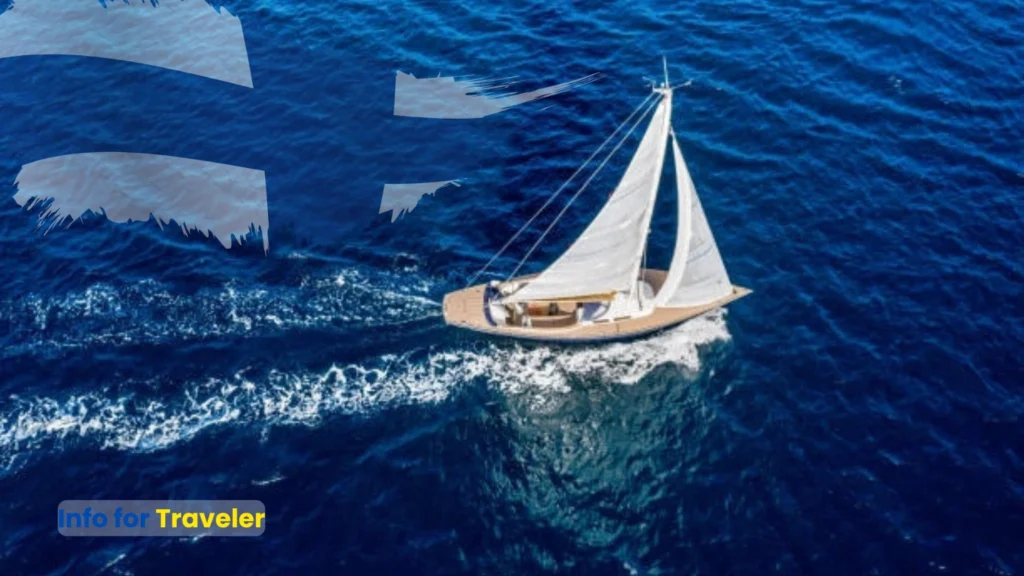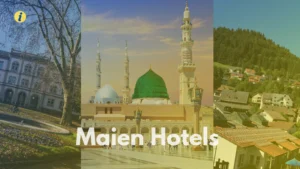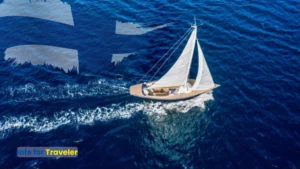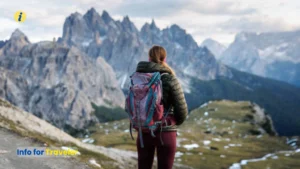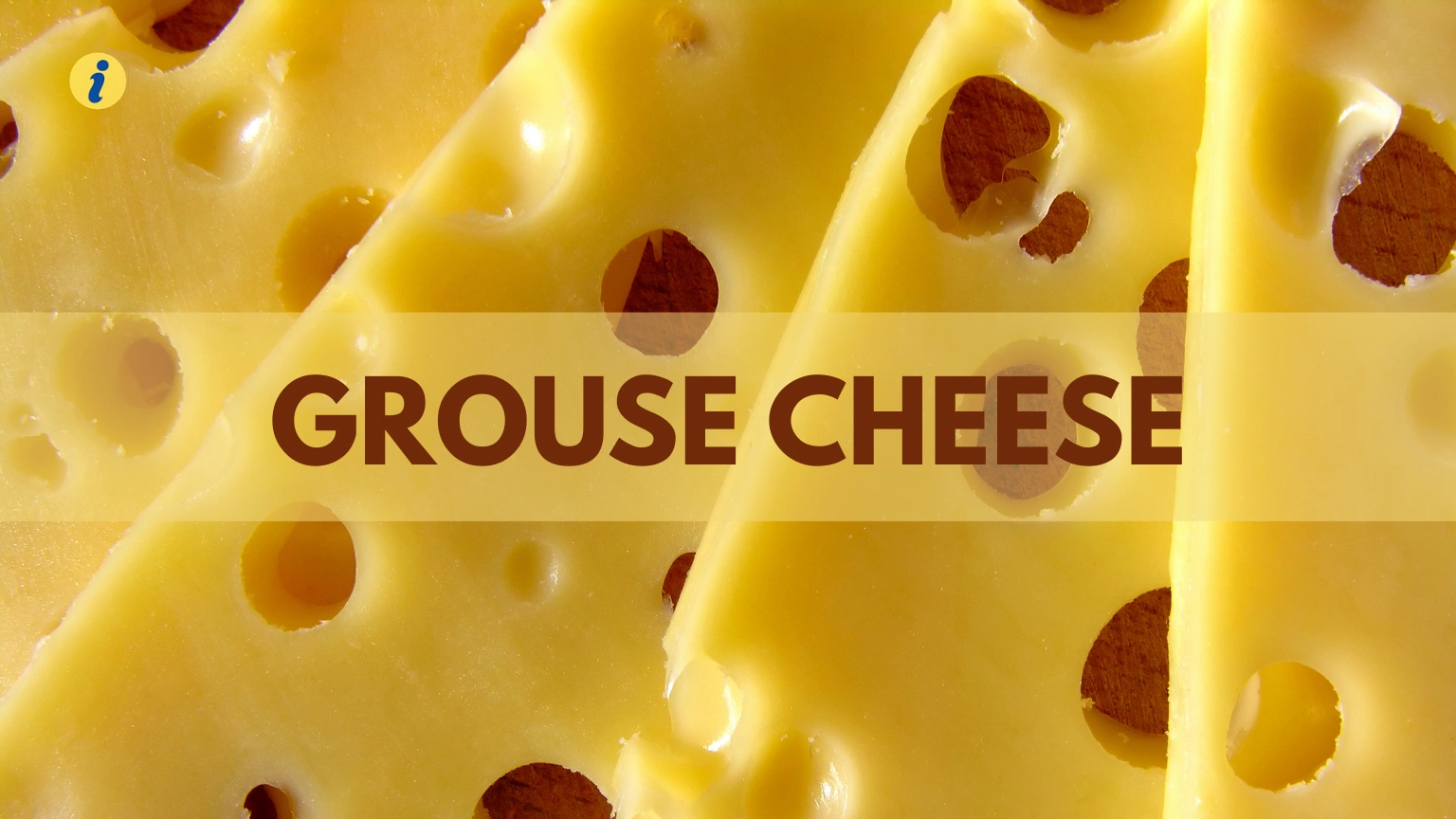Veneajelu, the Finnish art of peaceful boat journeys, represents more than simple water transportation, it embodies Finland’s deep connection to nature, silence, and mindful living. This traditional practice transforms ordinary boat rides into soul-enriching experiences across Finland’s pristine lakes and coastal waters.
Whether you’re seeking adventure, tranquility, or cultural immersion, veneajelu offers a unique window into authentic Finnish life and the country’s remarkable maritime heritage.
Understanding veneajelu requires appreciating Finland’s extraordinary relationship with water. With over 188,000 lakes and thousands of islands, Finland provides endless opportunities for meaningful boat experiences. This guide explores every aspect of veneajelu, from its cultural roots to practical planning tips.
What Makes Veneajelu Special in Finnish Culture

Veneajelu (boat ride) is special in Finnish culture because it reflects the deep bond Finns share with their thousands of lakes and waterways. It is more than leisure, it symbolizes freedom, connection with nature, and a traditional way of enjoying Finland’s summer life.
Veneajelu differs significantly from typical recreational boating found elsewhere. The Finnish approach emphasizes mindfulness, environmental respect, and cultural connection rather than speed or entertainment. This practice reflects Finland’s broader cultural values of simplicity, nature appreciation, and meaningful silence.
Finnish people have elevated boat travel into an art form that celebrates slow living. Unlike rushed tourist boat tours, veneajelu encourages participants to embrace quieter moments and deeper contemplation. The experience typically involves smaller vessels like rowboats, canoes, or modest motorboats that maintain harmony with natural surroundings.
The cultural significance extends beyond recreation into national identity. During Finland’s struggle for independence, waterways represented freedom and connection to ancestral traditions. Jean Sibelius captured this spirit in his composition “Finlandia,” which mirrors the rhythmic, peaceful flow of lake journeys.
Modern veneajelu continues honoring these traditions while adapting to contemporary needs. Environmental consciousness has become central to the practice, with many enthusiasts choosing electric boats or human-powered vessels to preserve Finland’s pristine waters.
Historical Evolution of Finnish Boating Culture
The historical evolution of Finnish boating culture traces back to ancient times when boats were essential for fishing, trade, and survival across Finland’s lakes and coastal areas. Over centuries, it transformed from a necessity into a cultural tradition, blending heritage with modern leisure activities like veneajelu.
The roots of veneajelu stretch back thousands of years when indigenous Sami peoples navigated Finland’s waterways using handcrafted wooden boats. These early vessels served essential functions including fishing, trading, and seasonal migration between settlements.
During the medieval period, waterways became Finland’s primary transportation network. Before modern roads existed, boats provided the most reliable way to move people and goods between communities. This practical necessity gradually evolved into recreational appreciation as transportation infrastructure developed.
The 19th century marked a turning point when Finland sought cultural independence from Russian rule. Boating traditions became symbols of Finnish identity and resistance against foreign influence. Literary works and musical compositions from this era often referenced peaceful lake journeys as metaphors for national spirit.
Post-independence Finland embraced veneajelu as both tourism attraction and personal recreation. The practice gained international recognition during the 20th century as Finland developed its reputation for environmental stewardship and outdoor lifestyle excellence.
Types of Veneajelu Experiences Available Today

Today, veneajelu experiences range from peaceful lake cruises and family boat trips to adventurous speed boating and island-hopping tours. These options let people enjoy Finland’s waters in different ways, whether for relaxation, sightseeing, or thrill-seeking.
Traditional Lake Veneajelu
Lake-based journeys represent the most authentic veneajelu experience. Finland’s Lakeland region offers countless options ranging from intimate solo paddling to family adventures. These trips typically feature crystal-clear waters surrounded by dense pine forests and rocky shorelines.
Popular lake destinations include Saimaa, Finland’s largest lake system, where visitors might encounter endangered Saimaa ringed seals. Lake Päijänne offers dramatic scenery with its deep waters and steep cliffs, while smaller lakes provide intimate experiences perfect for beginners.
Archipelago Island Hopping
Coastal veneajelu introduces maritime adventure through Finland’s extensive archipelago regions. The Turku archipelago contains over 20,000 islands, creating an unparalleled island-hopping paradise. These journeys combine navigation challenges with cultural discoveries as many islands feature historic lighthouses, fishing villages, and traditional summer cottages.
Helsinki’s nearby archipelago offers convenient access to veneajelu experiences without leaving the capital region. Popular destinations include Suomenlinna fortress island and numerous smaller islands perfect for picnicking and nature observation.
Luxury and Premium Veneajelu
Contemporary veneajelu has expanded to include premium experiences featuring yacht charters, floating saunas, and gourmet dining. These elevated versions maintain traditional emphasis on nature connection while adding modern comforts and conveniences.
Many luxury providers offer guided cultural tours combining veneajelu with storytelling about Finnish history, folklore, and environmental conservation. Some experiences include overnight stays on specially designed floating accommodations.
Case Studies: Transformative Veneajelu Experiences
Case Study 1: The Midnight Sun Veneajelu
Last summer, Helsinki resident Maria Virtanen organized a midnight sun veneajelu for her international colleagues visiting during midsummer. The group rented traditional wooden rowboats and paddled across Lake Saimaa as the sun barely dipped below the horizon. The experience lasted from 10 PM to 2 AM, creating magical lighting conditions impossible to replicate elsewhere.
The journey transformed skeptical urban professionals into veneajelu enthusiasts. Participants reported increased mindfulness, reduced stress levels, and deeper appreciation for environmental conservation. Several guests extended their Finland visits specifically to repeat the experience.
Case Study 2: Therapeutic Veneajelu Program
The Helsinki Wellness Center recently launched a therapeutic veneajelu program for stress management and mental health support. Participants engage in guided boat journeys combined with meditation practices and nature therapy techniques.
Initial results show significant improvements in anxiety levels, sleep quality, and overall life satisfaction among program participants. The combination of gentle physical activity, natural beauty, and mindful silence creates powerful therapeutic benefits that traditional indoor treatments cannot match.
Professional Insights: Expert Perspectives on Veneajelu
Leading Finnish tourism professionals emphasize veneajelu’s role in sustainable travel and cultural preservation. According to Visit Finland representatives, authentic veneajelu experiences attract international visitors seeking meaningful connections with Finnish culture rather than superficial tourist attractions.
Marine biologists note that responsible veneajelu practices contribute to environmental conservation by fostering personal connections between participants and aquatic ecosystems. When people experience Finland’s waters firsthand, they become advocates for protection and sustainable use.
Cultural anthropologists highlight veneajelu’s importance in maintaining Finnish identity during globalization. The practice serves as a living tradition that connects modern Finns with ancestral wisdom while adapting to contemporary environmental challenges.
Tourism industry experts predict growing international demand for authentic veneajelu experiences as travelers increasingly seek mindful, sustainable alternatives to mass tourism. This trend supports local economies while preserving traditional knowledge and practices.
Planning Your Perfect Veneajelu Adventure
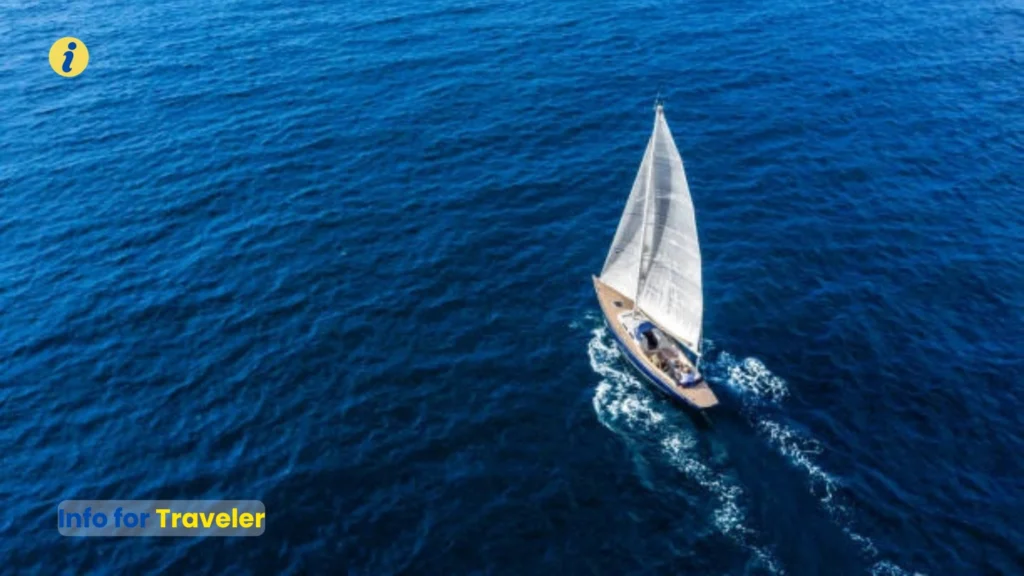
To plan the perfect veneajelu adventure, choose the right boat type, route, and season for your trip. Add local activities like island picnics, fishing, or sauna stops to make the experience unforgettable.
Seasonal Considerations and Timing
Summer months (June through August) offer optimal veneajelu conditions with warm temperatures and extended daylight hours. The famous midnight sun phenomenon creates extraordinary lighting for evening journeys, particularly in northern regions.
Spring (May) provides excellent conditions for wildlife observation as migrating birds return and ice melts reveal hidden coves and channels. Autumn (September) offers spectacular foliage reflections and fewer crowds, though weather can be unpredictable.
Winter veneajelu requires special preparation and equipment but rewards adventurous travelers with pristine snow-covered landscapes and unique ice formations. Some operators offer icebreaker experiences or frozen lake adventures using specialized vessels.
Essential Equipment and Safety Preparation
Successful veneajelu requires careful equipment selection based on trip duration, weather conditions, and experience level. Life jackets remain mandatory regardless of swimming ability or boat type. Finnish maritime law strictly enforces safety equipment requirements.
Navigation tools including maps, compass, and GPS devices help ensure safe travels, especially in archipelago regions with complex island networks. Weather monitoring equipment or mobile apps provide crucial updates about changing conditions.
Clothing recommendations emphasize layering systems that accommodate temperature variations between land and water. Waterproof outer layers, insulating middle layers, and moisture-wicking base layers provide comfort throughout the journey.
Food and Provision Planning
Traditional veneajelu often includes outdoor meals prepared on portable stoves or grills. Finnish customs encourage bringing locally sourced ingredients including fresh fish, seasonal berries, and traditional breads.
Hydration becomes particularly important during extended lake journeys where drinking water may not be readily available. Many experienced practitioners recommend bringing extra water supplies plus purification tablets for emergency situations.
Waste management follows strict environmental principles. All trash must be packed out, and many areas prohibit disposable items entirely. Reusable containers and biodegradable soaps help minimize environmental impact.
Environmental Impact and Sustainable Practices
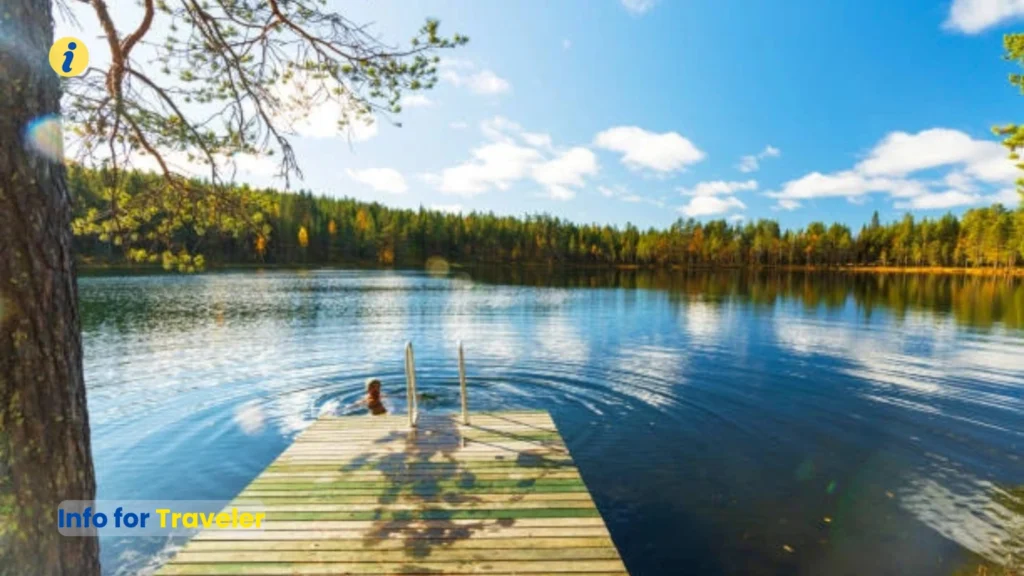
The environmental impact of veneajelu includes fuel use, water pollution, and disturbance to aquatic life. Sustainable practices like electric boats, eco-friendly routes, and respecting no-wake zones help protect Finland’s waters.
Modern veneajelu emphasizes environmental responsibility and conservation awareness. Finland’s pristine waters require careful protection from pollution, invasive species, and habitat disruption.
Electric boats and human-powered vessels represent growing trends in sustainable veneajelu. These quiet options reduce noise pollution that can disturb wildlife while eliminating fuel emissions that threaten water quality.
Many tour operators now offer carbon-neutral veneajelu experiences through renewable energy use, local sourcing, and environmental restoration projects. Participants often contribute to conservation efforts through voluntary programs and education initiatives.
Responsible wildlife observation practices ensure that veneajelu doesn’t harm sensitive species like nesting birds or rare seals. Guidelines include maintaining appropriate distances, avoiding sensitive areas during breeding seasons, and reporting unusual wildlife behavior to authorities.
Technology Integration in Modern Veneajelu
Modern veneajelu uses technology like GPS navigation, smart safety systems, and eco-friendly electric engines. These innovations make boating safer, more sustainable, and more enjoyable for everyone.
Contemporary veneajelu benefits from thoughtful technology integration that enhances safety and navigation without compromising traditional values. GPS systems and marine navigation apps help boaters explore new areas confidently while respecting environmental boundaries.
Weather monitoring technology provides crucial real-time updates about wind conditions, precipitation, and temperature changes. Mobile satellite communicators enable emergency contact in remote areas beyond cellular coverage.
Photography and videography equipment allows participants to document and share veneajelu experiences while promoting Finnish culture internationally. Many enthusiasts use social media platforms to inspire others toward sustainable travel choices.
Electric propulsion systems are revolutionizing motorized veneajelu by eliminating noise and emissions while providing reliable power for longer journeys. Battery technology improvements continue expanding electric boat capabilities and range.
Regional Variations and Local Specialties
Regional variations in veneajelu reflect Finland’s diverse landscapes, from serene lake cruises in Lakeland to coastal sailing in the archipelago. Local specialties, such as island seafood feasts or lakeside sauna stops, add unique cultural flavors to each boating experience.
Lakeland Region Characteristics
Finland’s central Lakeland region offers the most traditional veneajelu experiences with interconnected lake systems and minimal development. These areas preserve ancient boating routes used by generations of Finnish families.
Local specialties include traditional wooden boat construction, regional folklore sharing, and seasonal festivals celebrating maritime heritage. Many communities offer boat-building workshops where visitors can create their own traditional vessels.
Coastal and Archipelago Distinctions
Maritime veneajelu along Finland’s extensive coastline introduces different challenges and rewards compared to lake journeys. Tidal considerations, saltwater conditions, and marine wildlife create unique experiences unavailable inland.
Archipelago communities maintain distinct cultural traditions including traditional fishing methods, island-specific crafts, and maritime festivals. These areas often feature guided tours combining veneajelu with cultural education and historical interpretation.
Urban Veneajelu Opportunities
Major Finnish cities have developed urban veneajelu programs that make traditional experiences accessible to residents and visitors without requiring extensive travel. Helsinki, Turku, and Tampere offer various options ranging from short harbor cruises to day-long adventures.
Urban veneajelu often combines city sightseeing with nature appreciation, allowing participants to escape urban stress while remaining close to accommodation and dining options. These programs serve as excellent introductions for international visitors unfamiliar with Finnish boating culture.
Health and Wellness Benefits
Scientific research confirms that veneajelu provides measurable physical and mental health benefits. The combination of gentle exercise, fresh air, and natural beauty creates powerful stress reduction effects.
Physical benefits include improved cardiovascular health from rowing or paddling activities, enhanced balance and coordination from boat navigation, and increased vitamin D absorption from outdoor exposure. Regular veneajelu participants often report improved strength and endurance.
Mental health improvements include reduced anxiety levels, improved sleep quality, and enhanced mood stability. The meditative aspects of quiet water travel promote mindfulness and emotional regulation that persist long after the journey ends.
Social benefits emerge when veneajelu brings together people from different backgrounds united by shared appreciation for nature and culture. Many lasting friendships and business relationships begin during shared boat experiences.
Advanced Veneajelu Techniques and Skills
Experienced practitioners develop sophisticated skills that enhance safety, enjoyment, and cultural appreciation. Advanced navigation techniques allow exploration of remote areas while maintaining environmental responsibility.
Weather interpretation skills help experienced boaters recognize changing conditions and make appropriate decisions about route modifications or shelter seeking. Understanding cloud formations, wind patterns, and animal behavior provides valuable safety information.
Traditional craftsmanship knowledge including boat maintenance, repair techniques, and equipment modification helps practitioners maintain their vessels and equipment properly. Many enthusiasts learn basic woodworking and mechanical skills specifically for veneajelu applications.
Cultural knowledge including local history, folklore, and environmental awareness enriches every veneajelu experience. Understanding regional traditions, seasonal patterns, and ecological relationships creates deeper appreciation for Finland’s maritime heritage.
Conclusion
Veneajelu represents far more than recreational boating, it embodies Finland’s soul through mindful water exploration that honors tradition while embracing sustainable innovation. This ancient practice continues evolving to meet modern needs while preserving essential cultural values of environmental respect and meaningful silence.
Whether you choose a simple rowboat journey across a quiet lake or an elaborate archipelago adventure, veneajelu offers transformative experiences that connect participants with Finland’s natural beauty and cultural wisdom. The practice teaches patience, environmental awareness, and appreciation for life’s quieter moments in our increasingly fast-paced world.
If you liked this well-researched breakthrough, you should write this writing. To visit Vuzillfotsps, What to know about this Mystery
Frequently Asked Questions About Veneajelu
What does veneajelu mean in English?
Veneajelu translates to “boat ride” or “boat journey” in English, though the Finnish concept encompasses deeper cultural and spiritual meanings than simple transportation.
Which lakes are best for first-time veneajelu experiences?
Lake Saimaa and Lake Päijänne offer excellent beginner conditions with calm waters, scenic surroundings, and readily available boat rental services near major towns.
What is the best season for veneajelu in Finland?
Summer months (June–August) provide optimal conditions with warm weather and midnight sun, though spring and autumn offer unique beauty with fewer crowds.
Do I need special permits for veneajelu in Finland?
Most recreational veneajelu requires no special permits, though certain protected areas may have restrictions. Always check local regulations before beginning your journey.
What safety equipment is required for veneajelu?
Finnish law mandates life jackets for all passengers, proper navigation lights, and emergency signaling devices. Additional safety gear depends on journey length and weather conditions.
Can beginners safely enjoy veneajelu experiences?
Yes, many operators offer guided veneajelu tours perfect for beginners, providing instruction, safety equipment, and local knowledge while ensuring enjoyable experiences.
How much does typical veneajelu cost in Finland?
Costs vary widely from €20–50 per day for basic boat rentals to €200–500 for premium guided experiences with meals and specialized equipment included.
What makes Finnish veneajelu different from boating elsewhere?
Veneajelu emphasizes silence, mindfulness, and cultural connection rather than speed or entertainment, reflecting Finland’s unique relationship with nature and traditional values.

